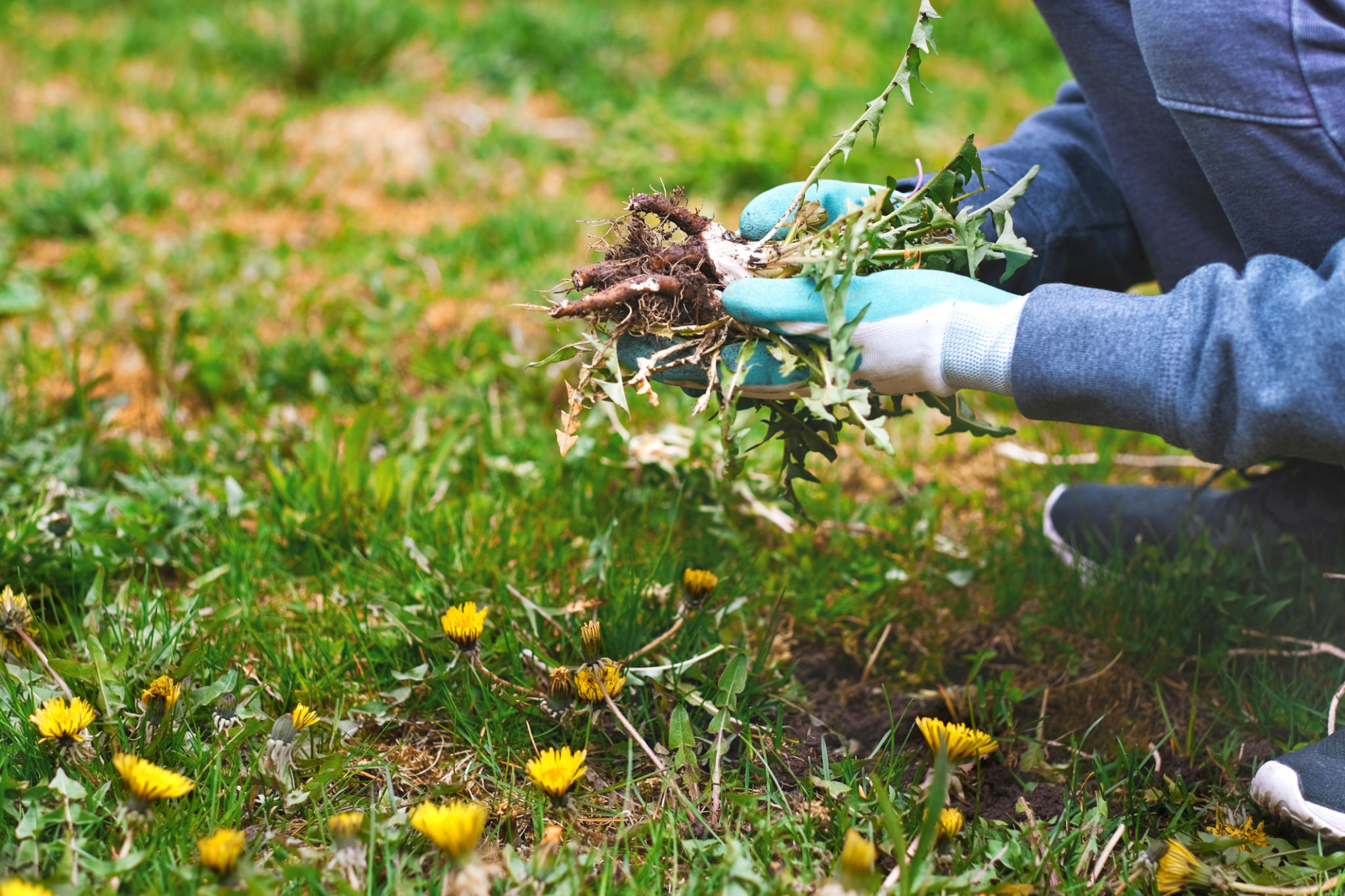Spring Planting Guide: Choosing the Best Edible Plants for Your Garden
As the chill of winter fades away and the vibrant energy of spring arrives, gardeners everywhere begin to plan their next planting adventure. Spring is the perfect time to start thinking about what edible plants you want to grow in your garden. Whether you're a seasoned gardener or a beginner, selecting the right plants can ensure a bountiful harvest and add fresh flavors to your meals.
Understanding Your Growing Zone
Before you start planting, it's crucial to understand your local climate and growing zone. The USDA Plant Hardiness Zone Map is a great tool for identifying which plants are most likely to thrive in your area. Knowing your zone helps you choose plants that will flourish with minimal effort, reducing the risk of unsuccessful crops.
Choosing the Right Edible Plants
Once you're familiar with your growing zone, it's time to select the best edible plants for your garden. Some popular choices for spring planting include:
- Lettuce: This leafy green thrives in cool weather, making it an ideal choice for early spring planting.
- Radishes: Radishes grow quickly and can be harvested in as little as four weeks, offering a speedy reward for your efforts.
- Peas: With their sweet flavor, peas are perfect for spring gardens and can be planted as soon as the soil can be worked.

Herbs: Flavorful and Fragrant
Herbs are a fantastic addition to any spring garden. They not only add flavor to your dishes but also attract beneficial insects. Some easy-to-grow herbs include:
- Basil: Perfect for making pesto and adding to salads, basil is a versatile herb that thrives in sunny spots.
- Cilantro: This herb is essential for salsa and guacamole lovers. It prefers cooler temperatures, making spring an optimal time for planting.
- Mint: Known for its refreshing flavor, mint spreads quickly and is best grown in containers to prevent it from overtaking your garden.
Preparing Your Soil
The success of your edible garden largely depends on the quality of your soil. Begin by testing your soil to determine its pH level and nutrient content. Based on the results, you may need to amend the soil with compost or other organic matter to improve its fertility. Well-prepared soil ensures that your plants receive the nutrients they need for healthy growth.

Companion Planting
Companion planting is a technique that involves growing certain plants together to enhance growth, deter pests, and improve flavor. For example, planting tomatoes alongside basil can improve the flavor of both plants while also repelling harmful insects. Research which plants work well together to make the most of your garden space.
Watering and Maintenance Tips
Proper watering is essential for a thriving garden. In spring, the weather can be unpredictable, so monitor rainfall and adjust your watering schedule accordingly. Most edible plants prefer consistent moisture but avoid overwatering as it can lead to root rot and other issues. Regularly check for pests and remove any weeds that compete with your plants for nutrients.

By carefully selecting the right edible plants and following these tips, you'll set yourself up for a successful and rewarding spring gardening season. With patience and care, you'll soon enjoy fresh produce straight from your garden, adding vibrant flavors and nutrition to your meals.